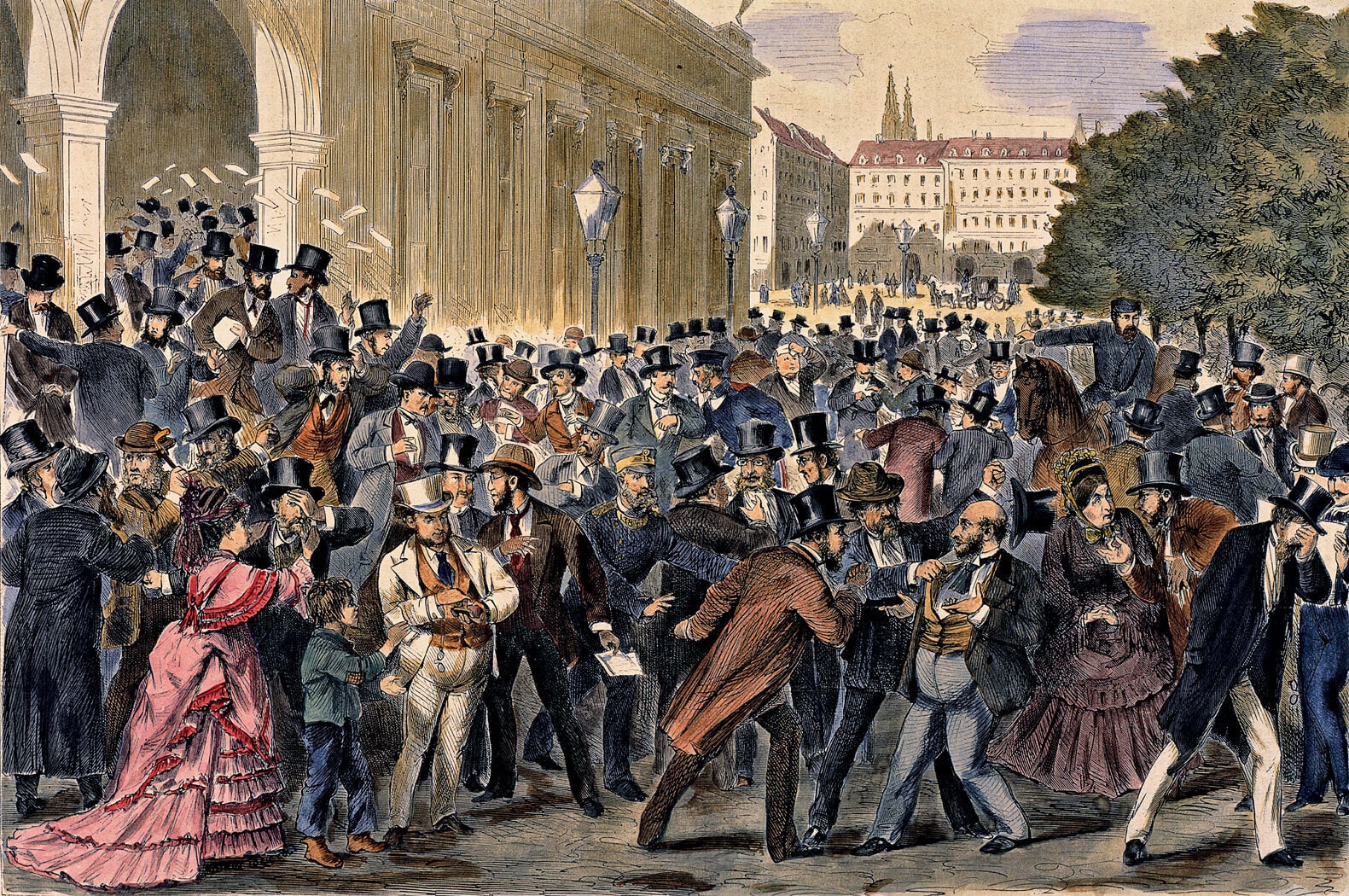Is morality on the side of the creditor or debtor?
Stay up to date:
Banking and Capital Markets
Every economic collapse brings a demand for debt forgiveness. The incomes needed to repay loans have evaporated, and assets posted as collateral have lost value. Creditors demand their pound of flesh; debtors clamor for relief.
Consider Strike Debt, an offshoot of the Occupy movement, which calls itself “a nationwide movement of debt resisters fighting for economic justice and democratic freedom.” Its website argues that “[w]ith stagnant wages, systemic unemployment, and public service cuts” people are being forced into debt in order to obtain the most basic necessities of life, leading them to “surrender [their] futures to the banks.”
One of Strike Debt’s initiatives, “Rolling Jubilee,” crowd-sources funds to buy up and extinguish debt, a process that it calls “collective refusal.” The group’s progress has been impressive, raising more than $700,000 so far and extinguishing debt worth almost $18.6 million.
It is the existence of a secondary debt market that enables Rolling Jubilee to buy debt so cheaply. Financial institutions that have come to doubt their borrowers’ ability to repay sell the debt to third parties at knock-down prices, often for as little as five cents on the dollar. Buyers then attempt to profit by recouping some or all of the debt from the borrowers. The US student-loan provider Sallie Mae admitted that it sells repackaged debt for as little as 15 cents on the dollar.
To draw attention to the often-nefarious practices of debt collectors, Rolling Jubilee recently canceled student debt for 2,761 students of Everest College, a for-profit school whose parent company, Corinthian Colleges, is being sued by the US government for predatory lending. Everest College’s loan portfolio was valued at almost $3.9 million. Rolling Jubilee bought it for $106,709.48, or about three cents on the dollar.
But that is a drop in the ocean. In the US alone, students owe more than $1 trillion, or around 6% of GDP. And the student population is just one of many social groups that lives on debt.
Indeed, throughout the world, the economic downturn of 2008-2009 increased the burden of private and public debt alike – to the point that the public-private distinction became blurred. In a recent speech in Chicago, Irish President Michael D. Higgins explained how private debt became sovereign debt: “As a consequence of the need to borrow so as to finance current expenditure and, above all, as a result of the blanket guarantee extended to the main Irish banks’ assets and liabilities, Ireland’s general government debt increased from 25% of GDP in 2007 to 124% in 2013.”
The Irish government’s aim, of course, was to save the banking system. But the unintended consequence of the bailout was to shatter confidence in the government’s solvency. In the Eurozone, Ireland, Greece, Portugal, and Cyprus all had to restructure their sovereign debt to avoid outright default. Rising debt/GDP ratios cast a pall over fiscal policy, and became the main justification for austerity policies that prolonged the slump.
None of this is new. Creditor-debtor conflict has been the stuff of politics since Babylonian times. Orthodoxy has always upheld the sacred rights of the creditor; political necessity has frequently demanded relief for the debtor. Which side wins in any situation depends on the extent of debtor distress and the strength of the opposing creditor-debtor coalitions.
Morality has always been the intellectual coin of these conflicts. Creditors, asserting their right to be repaid in full, historically have created as many legal and political obstacles to default as possible, insisting on harsh sanctions – garnishment of income, for example, and, at the extreme, imprisonment or even slavery – for borrowers’ failure to honor their debt obligations. Governments that incurred debt in costly wars have been expected to set aside annual “sinking funds” for repayment.
Morality, however, has not been entirely on the side of the creditor. In New Testament Greek, debt means “sin.” But, though it might be sinful to go into debt, Matthew 6:12 supports absolution: “forgive us our debts, as we also have forgiven our debtors.” Widespread social resistance to creditors’ claims on debtors’ property for non-payment has meant that “foreclosure” has rarely been carried to extremes.
The position of debtors was further strengthened by the prohibition of usury – charging unreasonably high interest on money. Interest-rate caps were abolished in Britain only in 1835; the near-zero central-bank rates prevailing since 2009 are a current example of efforts to protect borrowers.
The truth of the matter, as David Graeber points out in his majestic Debt: The First 5,000 Years, is that that the creditor-debtor relationship embodies no iron law of morality; rather, it is a social relationship that always must be negotiated. When quantitative precision and an unyielding approach to debt obligations are the rule, conflict and penury soon follow.
In an effort to stem recurrent debt crises, traditional societies embraced the “Law of Jubilee,” a ceremonial wiping clean of the slate. “The Law of Jubilee,” writes Graeber, “stipulated that all debts be automatically canceled ‘in the Sabbath year’ (that is, after seven years had passed), and that all who languished in bondage owing to such debts would be released.” The Rolling Jubilee is a timely reminder of the continuing relevance of one of the oldest laws of social life.
The moral of the tale is not, as Polonius instructed his son Laertes, “neither a borrower nor a lender be.” Without both, humanity might still be living in caves. Rather, we need to limit the supply of and demand for credit to what the economy is capable of producing. How to do this and maintain freedom of enterprise is one of the great unsettled questions of political economy.
Published in collaboration with Project Syndicate
Author: Robert Skidelsky, Professor Emeritus of Political Economy at Warwick University and a fellow of the British Academy in history and economics, is a member of the British House of Lords.
Image: A man walks past the Bank of England, in the City of London June 15, 2012. REUTERS/Paul Hackett
Don't miss any update on this topic
Create a free account and access your personalized content collection with our latest publications and analyses.
License and Republishing
World Economic Forum articles may be republished in accordance with the Creative Commons Attribution-NonCommercial-NoDerivatives 4.0 International Public License, and in accordance with our Terms of Use.
The views expressed in this article are those of the author alone and not the World Economic Forum.
Related topics:
Forum Stories newsletter
Bringing you weekly curated insights and analysis on the global issues that matter.
More on Economic GrowthSee all
Katica Roy
July 23, 2025
Elena Raevskikh and Giovanna Di Mauro
July 23, 2025
Ali Alwaleed Al-Thani and Santiago Banales
July 21, 2025
Juan Caballero and Ana Sampaio
July 18, 2025
John Letzing
July 17, 2025
William Dixon
July 16, 2025





